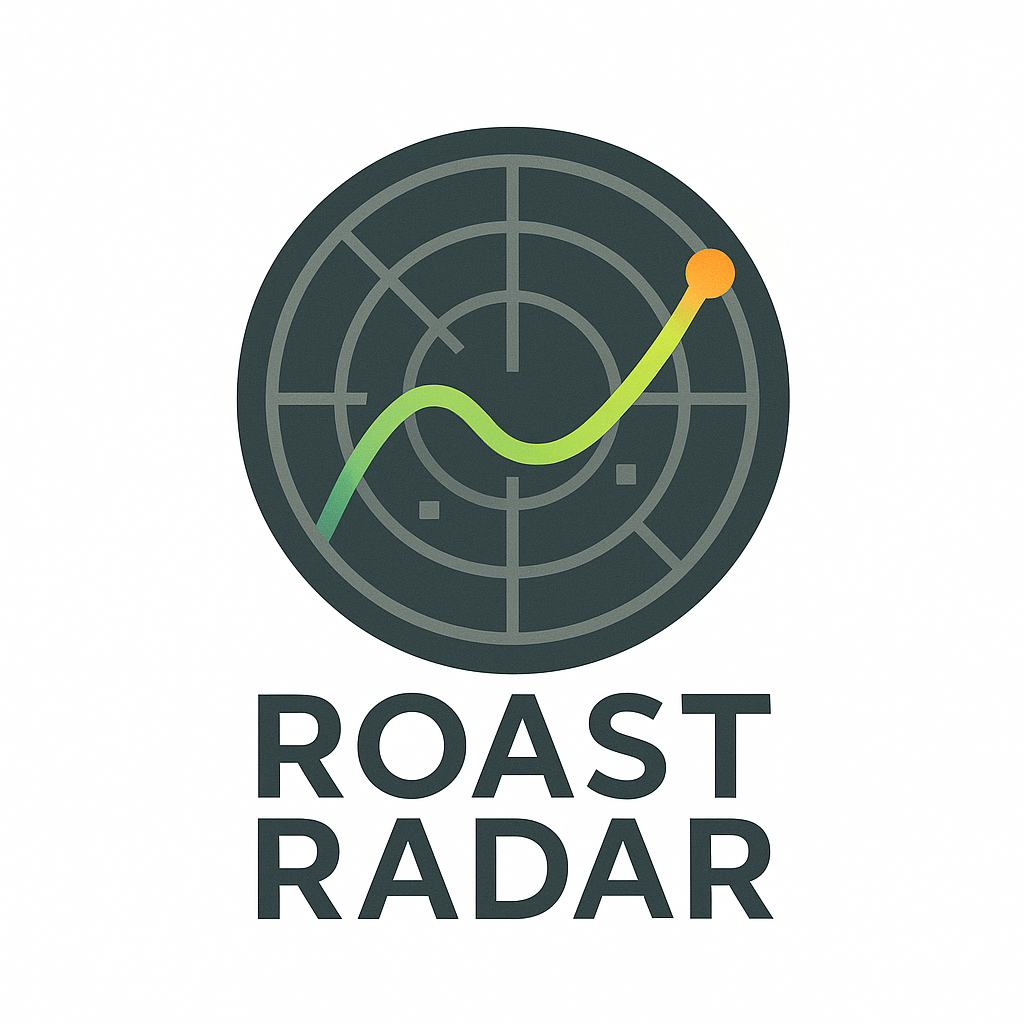Airflow, Flavor, and Machine Fit
Roast Radar | Issue #1
Inlet Drum Airflow: The Invisible Architect of Coffee Flavor
Airflow is the subtle but critical factor that brings clarity and complexity to roasted coffee. If your cup lacks vibrancy or your roast seems inconsistent, airflow may be the variable worth investigating.
What is inlet drum airflow?
Airflow plays multiple roles inside a roasting system. It is stored inside ducts and channels air into a roasting chamber, removing chaff and rejecting exhaust air. The type of airflow that directly impacts flavor and heat transfer is a roaster’s inlet drum airflow – the hot air (convected heat) that is in contact with the coffee beans.
How Airflow Interacts with Heat Transfer
Heat transfers via conduction, convection, and radiation. In coffee roasting, conduction—from drum to bean contact—is constant. Convection, however, is what you can modulate, and it’s where airflow plays its essential role.
Here’s a physics primer…
Picture yourself in a sauna. Sitting still, you feel the gradual buildup of heat. Now wave your arms—heat intensifies. That’s the effect of air movement. You're circulating hot air, which increases the efficiency of heat transfer to your body.
In coffee roasting, the same applies. Circulating hot air around the beans ensures more even and responsive heat application, especially during the drying and Maillard phases.
Key Insight: While conductive heat is inevitable, convective heat is controllable and that’s where airflow becomes your best tool for intentional flavor design.
Three Clues Your Roast Needs More Airflow
- Smoky or Stale Aromatics (especially after first crack)
- Cause: Inadequate airflow allows smoke and volatiles to remain in contact with the bean surface.
- Rate of Rise (RoR) Spikes or Crash & Flick Patterns
- Cause: Poor air circulation leads to uneven heat exchange and unstable roast curves.
- Inconsistent Bean Color or Surface Texture
- Cause: Stagnant hot zones cause localized scorching or uneven development.
Choosing the Right Roaster for Airflow Control
You may be early in your roasting journey and wondering: Which machines give the most control over heat, airflow, and overall flavor modulation?
Below is a machine comparison table to help evaluate how well different roasters support manual airflow control.
Open Vent Systems (Manual Airflow Control)
| Machine | Airflow Control | Fit for Airflow Modulation |
|---|---|---|
| Giesen W Series | Manual damper + fan | Excellent |
| Mill City | Manual damper or variable fan | Excellent |
| US Roaster Corp | Independent damper + full manual | Excellent |
| Diedrich IR | Manual damper, infrared burner | Very Good |
Manual Damper VS Variable Fan
A manual damper acts as a gate/flap that controls the airflow into the roasting chamber, and depending on your precision, will also affect the evacuation of smoke towards the end of a roast. Proper damper maintenance is required to avoid hindrance to airflow due to grime and dust buildup.
A VFD, or variable fan drive, automatically adjusts the fan's operating frequency to regulate airflow and pressure based on real-time system requirements. By continuously modulating fan speed throughout the roa
Closed/Automated Systems (Limited Manual Control)
| Machine | Airflow System | Fit for Manual Adjustment |
|---|---|---|
| Loring S7/S15/S35 | Closed-loop, automated via burner logic | Moderate |
| Bellwether | Fully automated, no user control | Poor |
| Ikawa Pro | Preset airflow curves via software | Moderate |
| Roest L100/L200 | Programmable, manual override capable | Excellent |
Dialing In Flavor Means Controlling Energy and Air
Whether you're working on a sample roaster or scaling production with a Giesen or Loring, airflow is your most surgical variable. Use it to:
- Fine-tune acidity or body
- Control aromatic retention or smoke evacuation
- Create consistency across batch sizes
Understanding your machine’s airflow mechanics is the first step to unlocking intentional, repeatable flavor design.
